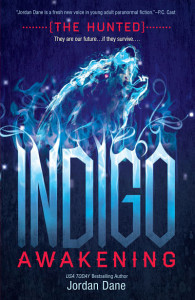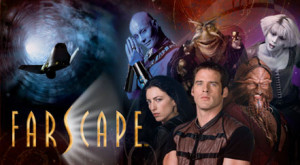For your enjoyment are the first 400 words of Not Useless, submitted anonymously for critique by a daring soul. My feedback will be on the flip side. Please join in the conversation with constructive comments. Thanks!
NOT USELESS
Quentin felt like a fly caught in a pitcher plant. The old woman had lured him with great promises, but they had been lies. If he didn’t escape, she would destroy his career, his dreams. That would kill him.
Dr. Windsor had her back to him now, kneeling in her space suit in the gray rubble of the crater’s ejecta. Boulders, some the size of New York taxis, made her look small against the planetoid’s monochrome landscape. She bent over a small box. Instead of a legendary scientist, famed for discovering exotic extremophiles, the old woman reminded Quentin of a retiree playing with her little insect hobby. Pitiful. He’d find nothing for his doctoral thesis while working with her.
Yet, many people still respected the exoentomologist for her past work. Quentin craved a recommendation from her.But he also wanted off this useless expedition. He sighed. How could he get both?
“Mr. Stone. If you plan to continue sighing, please disengage your helmet microphone.” Dr. Windsor’s voice crackled in his ears, but she did not look up from her work.
“Oh, I’m sorry, Doctor. I was just thinking of…um…Earth.”
“Important discoveries are not found on Earth, Mr. Stone. They are found out here at the edge of interstellar travel. I selected you because I thought you shared this vision. Was I mistaken?”
“No, definitely not, Dr. Windsor.”
“Good. Now, please bring me the rest of the light lures.”
Quentin winced. “The rest? You said two packs were all we needed.”
Windsor stopped working and turned to Quentin. He was glad he couldn’t see her face behind her helmet visor.
“Do not be a buffoon, Mr. Stone. I distinctly said bring four packs of light lures. Did you forget some back at the ship?
“Ah, well, ah, when you said—”
“Mr. Stone, I have no time for idiocy. Return to the ship and retrieve them now.” Windsor resumed her work.
“Alone?” said Quentin. “But we’re supposed to travel with a partner.”
“I am aware of protocol, Mr. Stone,” Windsor said, as she continued working. “However, your incompetence has cost me valuable time. If I return, I cannot set enough live traps to make this stop worthwhile. We have a tight schedule and cannot ask the others to wait for us. Follow the guide cable and you will be fine. Do you think you can handle that simple task, Mr. Stone?”
Feedback:
The author teased me into this intro and I was first surprised by the fact this is on a planet or planetoid. My second surprise came when the doctor heard his sigh over the mic to bring the reader from Stone’s internal monologue and back into the scene. The tone is set for calamity. I liked the tension between these two. Stone’s internal thoughts are short and set the stage for what will come next. I would expect something to happen while Stone goes back to the ship, if the foreshadowing holds true.
It’s hard to tell if Stone is a main character, but the set up implies it. The way the author teases us deeper into this story and foreshadows something ahead for Stone, I would turn the page and keep reading. With Stone drawn into his worries about his thesis, it would appear he has done this procedure many times before and is not distracted by what he’s seeing on the planet, but I would like to know more about the setting. Below are some questions I have. The answers may add some depth to the scene.
Questions:
What is his career? His doctoral thesis? Entomologist too?
Where are they? Which planetoid or galaxy? Any other colors besides a monochrome one? Number of moons? Can Earth be seen? Location, location, location.
What does it look like…feel like…to be encumbered by a space suit? Are they weighted or tethered?
Staring through a visor, what does he truly see of the planet? I’m assuming there is zero gravity, yet she’s working with a box that’s not adrift or unsteady.
I’d like to see more mood or tone to this. I’m not sure if this will be a suspense story. The foreshadowing is all I have to go on. A suspenseful tone can be enhanced by simple word choices that give the narrative an edgy danger. Or perhaps a mishap of something small can remind Stone how dangerous things can be.
I’d like more setting and tone to fill this opener out. With only dialogue, the scene feels too sparse to create a world the reader will want to see in their mind’s eye. The bones are here, but in my opinion, this needs a bit of filler to broaden the world building.
What do you think, TKZers? Is there enough mood or tone to this? What would you add or change? Your feedback would be appreciated.




